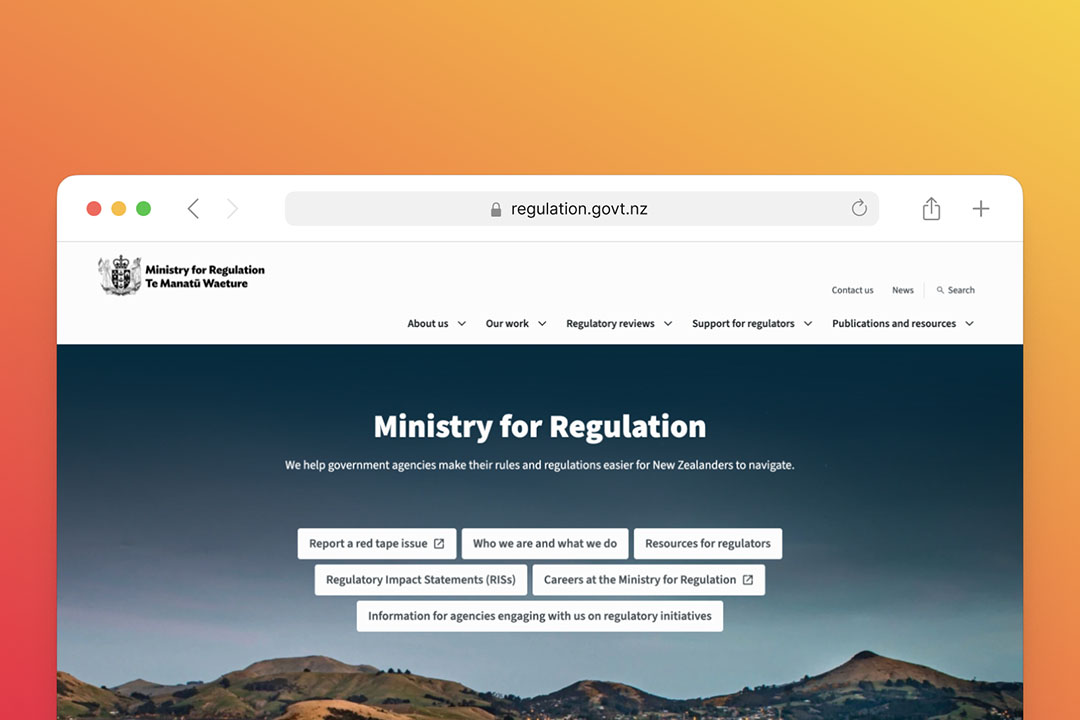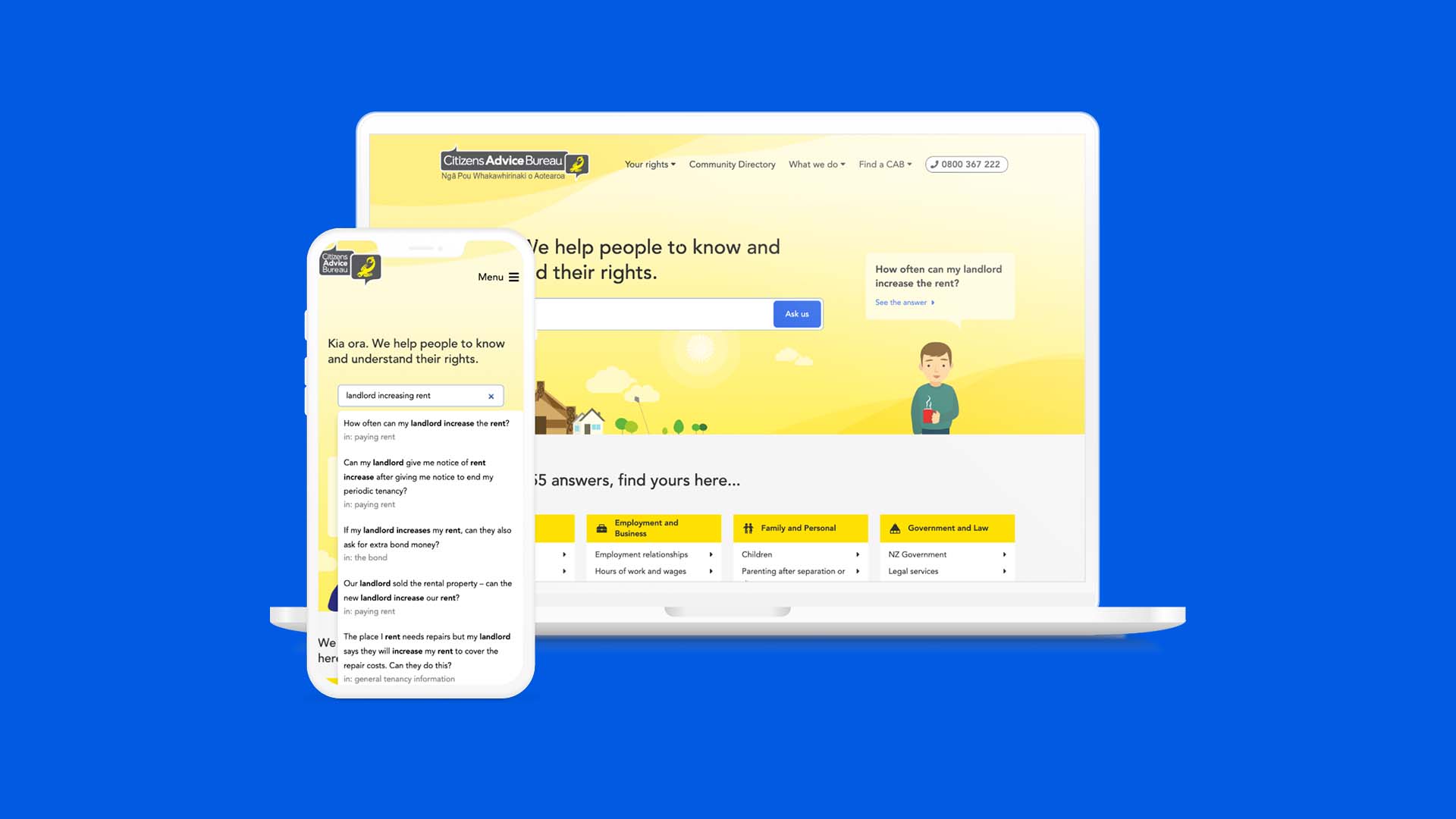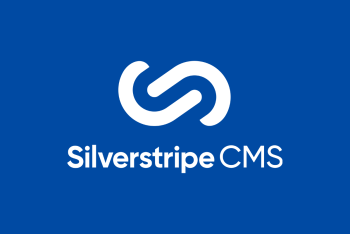Understanding Traditional CMS
A traditional CMS(external link), or Content Management System, is a software application that allows users to create, manage, and publish content on the web.
Traditional CMS platforms combine backend content management and frontend display, offering a simple, cohesive solution. They remain highly convenient and effective, particularly for projects with straightforward content delivery needs.
Despite the emergence of innovative approaches, traditional CMS platforms remain a cornerstone in web development, particularly for businesses seeking an all-in-one solution.
What is a Traditional CMS?
A traditional CMS is a platform that combines all aspects of content management and display in a single system.
Its architecture includes:
- Integrated Backend and Frontend(external link): The backend manages content creation and storage, while the frontend handles how the content is presented to the audience.
- Examples of Traditional CMS Platforms: Popular examples include WordPress, Joomla, and Drupal.
- Content Workflow: Users can easily create, edit, and publish content without needing advanced technical skills, making it a user-friendly option for many businesses.
Key Features of a Traditional CMS
Traditional CMS platforms are packed with features that streamline content management:
- WYSIWYG Editors(external link): Allow users to create and edit content with a live preview.
- Template-Based Designs: Ensure consistency across pages with pre-built templates.
- User Management: Enable role-based access for team collaboration.
- Media Libraries: Offer centralised storage for images, videos, and documents.
Benefits of Using a Traditional CMS
Traditional CMS platforms are popular for several reasons:
- Ease of Use: They feature intuitive interfaces, making them accessible to non-technical users.
- All-in-One Solution: Content creation, management, and display are unified in a single system.
- Cost-Effectiveness: Many platforms, such as WordPress, offer free or low-cost options.
- Community Support: Extensive developer communities provide plugins, themes, and support resources.
Comparing Traditional CMS vs. Headless CMS
A headless CMS decouples content management from presentation, offering:
- API-Driven Delivery: Content is delivered to any platform or device using APIs.
- Flexibility: Ideal for omnichannel strategies, delivering content across websites, apps, and more.
Traditional CMS platforms, however, excel in:
- Simplicity: Perfect for websites and blogs with straightforward needs.
- Ease of Deployment: Quicker to set up and manage for smaller projects.

Silverstripe CMS: A Modern Take on Traditional CMS
What is Silverstripe CMS?
Silverstripe CMS(external link) is an open-source platform developed in New Zealand, blending the strengths of traditional CMS with modern capabilities.
Key Features of Silverstripe CMS
- Customisable Templates: Create unique designs tailored to specific needs.
- Developer-Friendly Framework: Offers flexibility for advanced customisation.
- Version Control: Enables users to roll back changes easily.
- Robust Security: Includes role-based permissions to safeguard sensitive data.
Why Choose Silverstripe CMS?
Silverstripe CMS strikes a balance between traditional and headless CMS approaches, making it ideal for:
- Government agencies.
- Nonprofits.
- Large businesses needing tailored, secure solutions.
Use Cases for Traditional CMS
Traditional CMS platforms are well-suited for:
- Small Businesses and Blogs: Perfect for users needing simple, low-maintenance websites.
- Community Websites: Easy to manage and update with local events or resources.
- Basic E-Commerce Sites: Suitable for smaller online stores with fewer integration needs.
Best Practices for Using a Traditional CMS
Maximise the potential of a traditional CMS by:
- Updating Regularly: Ensure software and plugins are up to date for security.
- Optimising for Performance: Use lightweight themes and plugins to reduce load times.
- Leveraging SEO Plugins: Improve search visibility with tools tailored for traditional CMS platforms.
- Backing Up Content: Protect against data loss with regular backups.
Somar Digital’s Expertise with Traditional CMS
Somar Digital has a proven track record of optimising traditional CMS platforms for businesses across New Zealand.
Their expertise includes:
- Custom Development: Crafting tailored solutions for unique business needs.
- Silverstripe CMS Projects: Delivering impactful results with this powerful platform.
- Client Success Stories: From nonprofits to large organisations, Somar Digital creates websites that drive results.
Conclusion: Is a Traditional CMS Right for Your Business?
Traditional CMS platforms remain a robust option for businesses seeking simplicity and efficiency.
For organisations with straightforward needs, traditional CMS solutions like Silverstripe CMS offer a blend of reliability and customisation.
Partner with Somar Digital to explore how a traditional CMS can elevate your online presence.




